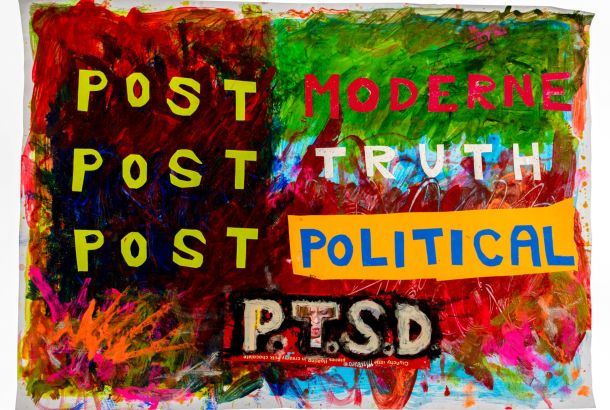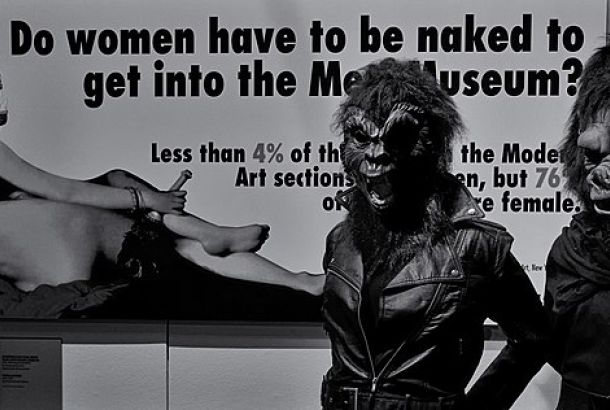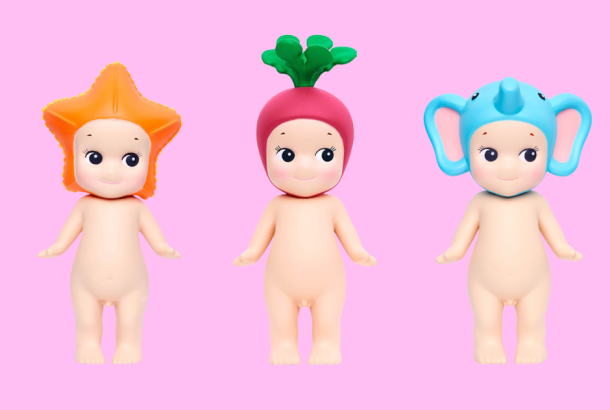Where Are The Women In Art?
By Holly Smith
Emma Watson’s deeply moving speech about gender equality at the UN conference last week in New York sparked many controversial debates throughout social media. Her message was clear. Gender equality is at the forefront of our modern world and it is the men who need to play a greater role in ending the inequality that we still see today. While her speech was generally supported, she still saw a backlash and has also been targeted with threats.
The era of the ‘hierarchal household’ has recently become a thing of the past, today we regularly see women working full time and men cooking and cleaning, but challenges still arise all across the world.
Emma’s speech is highly important, but why has society only decided to do something about it now? Why was this not voiced hundreds of years ago?
Before the outbreak of the World Wars, one of a woman’s only way of communicating her opinion was through art. It was expected of a woman to be able to draw, however all the major fine art galleries in the world, be it the Louvre in France or the Metropolitan Museum of Art in New York hold collections upon collections of various prolific male artists. Women, however, seem to be scarce.
There is no lack of art to have been created by females; if anything, more women drew than men in the years preceding the wars. But there were huge economic and social barriers that women just could not negotiate while their male counterparts could. In 1882 a law called the Married Property Act was passed and this meant that a man effectively owned all of his wife’s property. This vast differentiation in power between the sexes meant that women who wanted to pursue her art career were completely dependent upon their husbands giving them permission.
However, in a male dominated industry, women were not considered to be serious contributors to the field of art and had great difficulty in obtaining a public showing, even once they had their permission. Women had the burden of wifely work, such as the raising of children, running the house and maintaining the family’s respectability socially which meant that they couldn’t easily break this mould.
The idea of women painting, and showing their work, was also highly looked down on by society at the time. During the periods of baroque and neoclassicism in the 17th and 18th centuries, many artists depicted religious scenes containing nude figures. For a woman to draw and paint these kind of pictures was seen as extremely improper.
However, there were a few female artists who managed to make their mark in the industry in the 19th centuries. Rosa Bonheur is known to be one of the most famous of these women with two of her most well known paintings on display in the Metropolitan Museum in New York and another in Musee d’Orsay in Paris. However, she didn’t have a husband, any children, or anyone to help in the house. This just shows that breaking the pattern and not adhering to social structures caused just as many problems for women.
Women have undoubtedly been seen as unequal in the art world. Because of this, the thousands of works painted by females have gone unknown, while the works of men have been preserved for eternity. What we now have is a male’s view of life and society hundreds of years ago. The female’s is lost and any opinions expressing the feminist view that Emma Watson so clearly articulated have been unable to get into the public eye.
Maybe now that we are seeing society tying to change this in-balance, female artists will appear and maybe even produce a new era of masterpieces.







